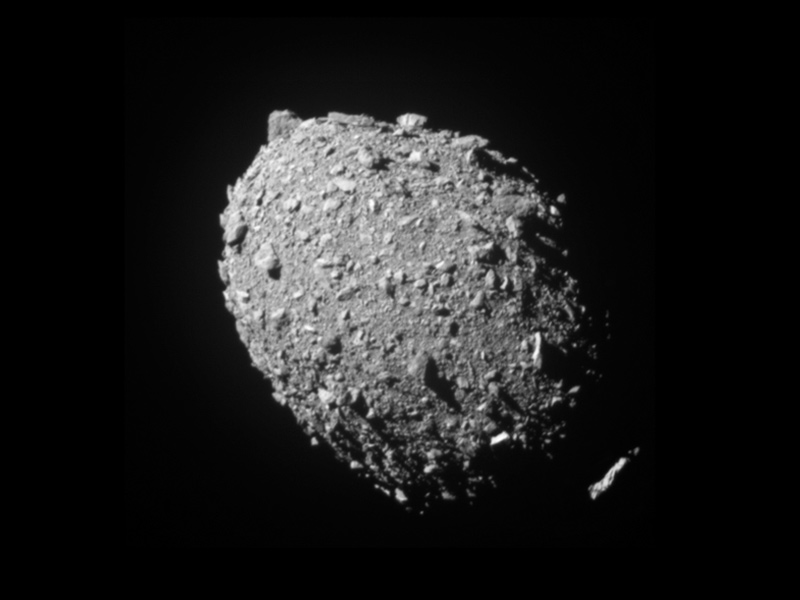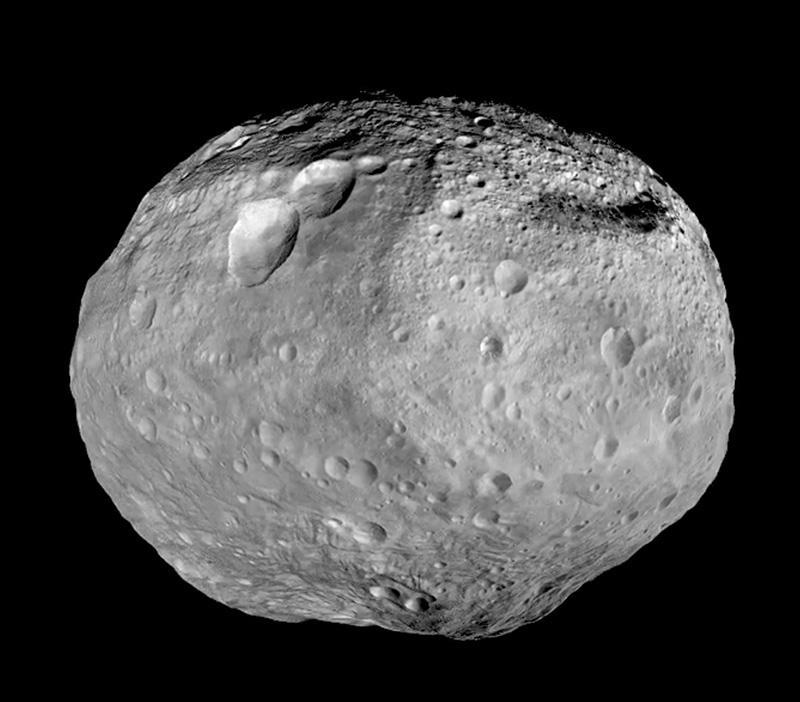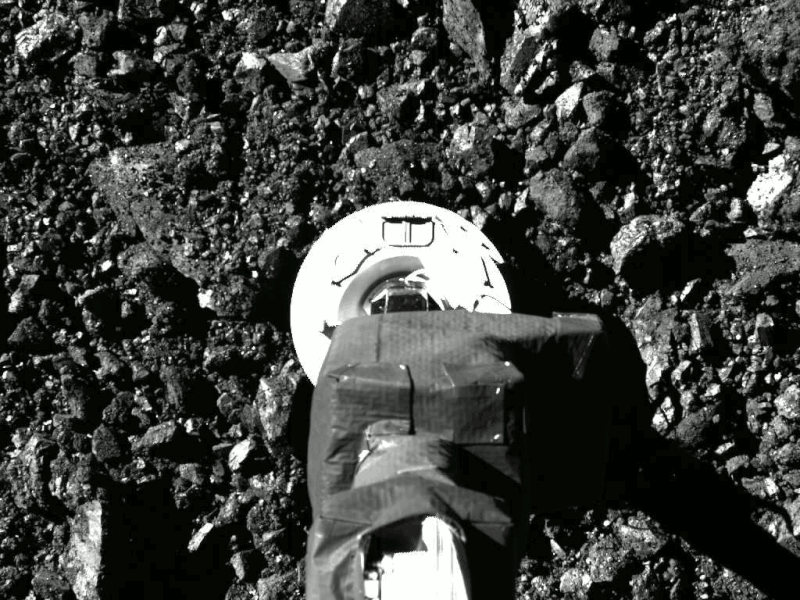Asteroids: Exploration
Only a few robotic spacecraft have encountered asteroids up close. Here are some highlights of those missions:

NASA's Double Asteroid Redirection Test (DART) – the world’s first planetary defense technology demonstration – successfully impacted asteroid Dimorphos on Sept. 27, 2022, in the agency’s first attempt to move an asteroid in space. Dimorphos is a moonlet to asteroid Didymos.

NASA's Dawn spacecraft was launched in 2007 to explore asteroid Vesta, the second most massive body in the main asteroid belt. Dawn arrived at Vesta in 2011, then orbited and explored Vesta for over a year before leaving in September 2012 to explore dwarf planet Ceres.
Japan's Hayabusa2 was launched in December 2014 on a six-year voyage to study asteroid Ryugu, and to collect samples to bring back to Earth for analysis. Hayabusa2 arrived at the asteroid in June 2018. The spacecraft deployed rovers and landers onto Ryugu’s surface and collected a sample. Hayabusa2 delivered the asteroid sample to Earth on Dec. 6, 2020.

Launched on Sept. 8, 2016, NASA's OSIRIS-REx arrived at near-Earth asteroid Bennu in 2018, and collected a sample of dust and rocks. On April 9, 2021, the spacecraft took one last look at Bennu before beginning its journey back to Earth. It delivered the asteroid sample to Earth on Sept. 24, 2023.
NASA's NEOWISE spacecraft is orbiting Earth to improve on the most accurate survey of near-Earth objects ever undertaken.
The Hubble Space Telescope and ground-based radar observatories also contribute regularly to our understanding of asteroids. Several more missions, including NASA's Psyche and Lucy, missions are will keep exploring these small worlds. Scientists also use ground-based radar to explore nearby asteroids whenever possible.
More Exploration Highlights
- NASA's Galileo mission was the first spacecraft to fly past an asteroid. It flew past asteroid Gaspara in 1991 and Ida in 1993.
- NASA's Near-Earth Asteroid Rendezvous (NEAR-Shoemaker) mission studied asteroids Mathilde, and Eros.
- The European Space Agency's Rosetta mission to comet 67P/Churyumov-Gerasimenko also flew by asteroid (2867) Steins in 2008, and asteroid Lutetia in 2010.
- Deep Space 1 and Stardust both had close encounters with asteroids.
- In 2005, the Japanese spacecraft Hayabusa landed on the near-Earth asteroid Itokawa and attempted to collect samples. On June 3, 2010, Hayabusa successfully returned to Earth a small amount of asteroid dust now being studied by scientists.




